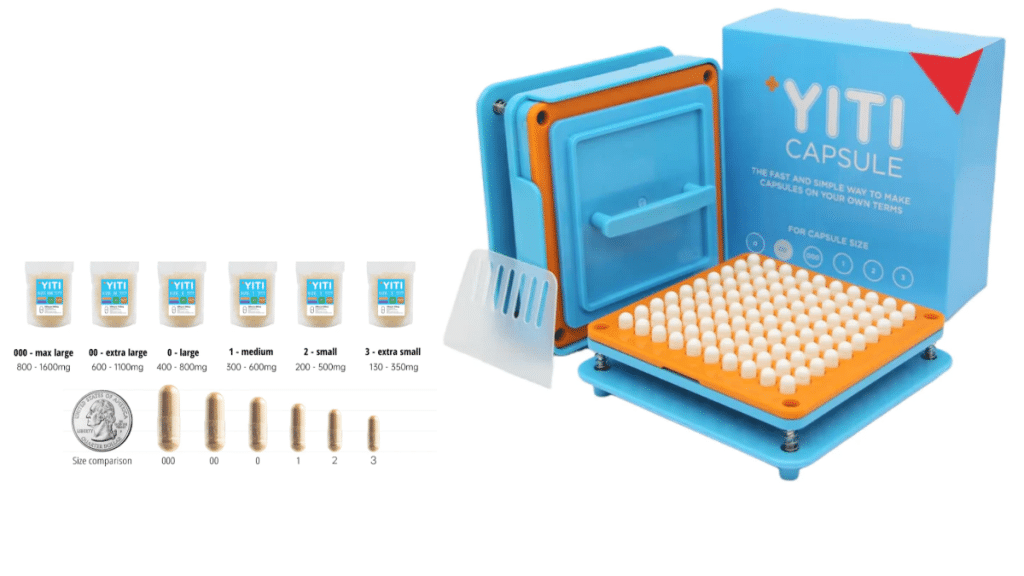Welcome to the fascinating world of capsules and capsule filling machine! In this article, we will delve into the intricacies of capsules and explore the innovative machines used to fill them. Whether you’re a pharmaceutical manufacturer, a health enthusiast, or simply curious about the world of encapsulation, this comprehensive guide will provide you with valuable insights into the fascinating realm of capsules and capsule filling machines.
The Basics of Capsules
Before we dive into the details of capsule filling machines, let’s start with the basics of capsules themselves. Capsules are a popular method of delivering medication, dietary supplements, and other substances in a convenient and easily ingestible form. They consist of a shell, usually made of gelatin or vegetarian alternatives, that encloses the active ingredients. The capsule shell can be either hard or soft, depending on the intended use and the ingredients it contains.
Hard Capsules
Hard capsules are typically made of two distinct pieces, a body and a cap, which fit together to create a sealed enclosure for the contents. The body of the capsule is longer and contains the majority of the active ingredients, while the cap fits snugly on top. Hard capsules are commonly used for dry or powdered formulations.
Soft Gelatin Capsules
Soft gelatin capsules, often referred to as softgels, are single-piece capsules with a gelatin-based shell that contains a liquid or semi-solid substance. Softgels are frequently used for oils, suspensions, or formulations that require precise dosage control. They offer advantages such as enhanced bioavailability, better stability for sensitive ingredients, and improved ease of swallowing.
The Role of Capsule Filling Machines
Now that we have a good understanding of capsules, let’s explore the fascinating world of capsule filling machines. These machines play a crucial role in the production of capsules by automating the process of filling them with the desired substances. From small-scale operations to large pharmaceutical companies, capsule filling machines streamline the encapsulation process, ensuring efficiency, accuracy, and consistent quality.
Types of Capsule Filling Machines
Capsule filling machines come in various types and configurations, each designed to accommodate different production needs. Here are some common types of capsule filling machines:
1. Manual Capsule Filling Machine:
These are suitable for small-scale or laboratory operations where precision and low production volumes are required.
2. Semi-Automatic Capsule Filling Machines:
Ideal for medium-sized production runs, these machines combine manual operations with automated processes, increasing efficiency and productivity.
3. Automatic Capsule Filling Machines:
Designed for large-scale production, automatic machines offer high-speed and fully automated filling processes, significantly reducing labor requirements.
How Capsule Filling Machines Work
Capsule filling machines operate through a series of precise steps to ensure accurate dosage and proper encapsulation. Let’s take a closer look at the general process:
1. Capsule Separation:
The machine separates individual capsules, ensuring a steady supply for filling.
2. Powder Filling:
For hard capsules, a precise dosage of the powdered or granulated substance is filled into the body of the capsule. This step often involves dosing mechanisms like tamping pins or dosing discs.
3. Cap Placement:
Once the body is filled, the machine carefully positions the cap on top, creating a complete and sealed capsule.
4. Locking and Ejection:
The filled capsules are locked together, and any excess material is removed. The finished capsules are then ejected for further processing or packaging.
Conclusion
In conclusion, the fascinating world of capsules and capsule filling machines offers a glimpse into the innovative and efficient methods used to deliver medication, dietary supplements, and various other substances. Capsules, whether in the form of hard shells or soft gelatin, provide a convenient and easily ingestible means of administration.


